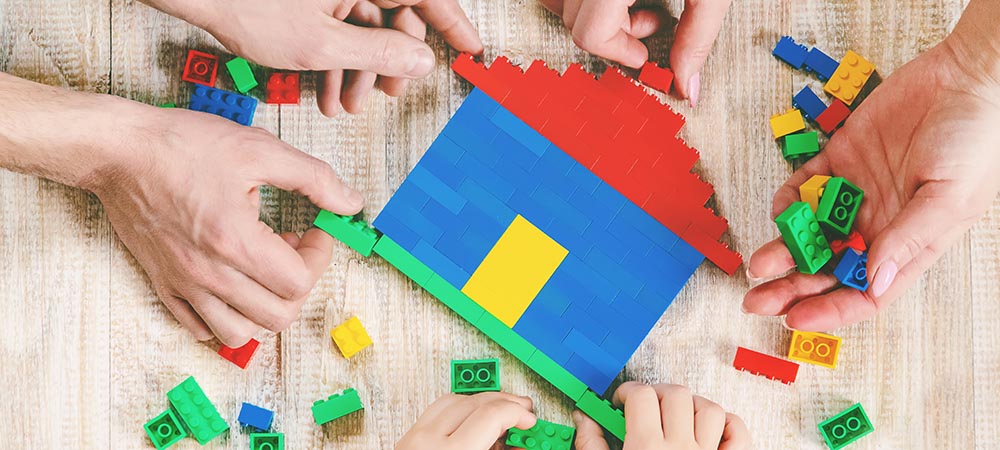
Can you explain the idea of prefabrication?
Imagine a home or a building that is built like cars, with parts constructed separately and assembled on-site to form a full structure. This is precisely the idea behind prefabrication, which is currently transforming the construction industry. This concept has gained immense prominence, owing to the provision of increased efficiency, sustainability and innovation in construction.
Prefabrication stands out as a game-changer for its compelling advantages. Compared to conventional on-site building techniques, this novel approach offers increased sustainability, reduced construction timelines, enhanced efficiency, optimal quality control, and quality assurance in construction.
Can you tell us about where prefabrication started?
The method of prefabrication has a long history, dating back to the burnt clay bricks of the Mesopotamian civilisation and the ancient Romans who used concrete moulds for their aqueducts and tunnels. An example of this is the panelised house of wood that the English brought to Cape Ann as early as 1624. This home was ‘demountable,’ meaning that it could be assembled, deconstructed and reassembled.
It’s no wonder that the concept of modularity in construction can be traced back to the simple yet profound principles of LEGO bricks. Modern prefabrication techniques have been greatly influenced by LEGO’s modular construction approach, in which every component fits flawlessly with every other piece.
How can this be linked to constructing buildings ‘the LEGO way’?
Resembling LEGO bricks, modular construction modules are engineered and designed to snap into place fast and simply, often made in the shape of a rectangular box. By ensuring that prefabricated components fit together flawlessly, this approach lowers the complexity of building on-site. It supports flexible design possibilities, just as LEGO allows for limitless creativity. In this method, components can be mixed and matched to develop customised structures that meet specific client demands while simultaneously maintaining the efficiency of modular construction.
How can this method be harnessed for environmental sustainability efforts?
Contrary to the conventional construction methods, which typically result in significant material waste, the prefabrication method produces minimal waste owing to its precise manufacturing procedures and optimised material usage. Excess materials in the process could be recycled within the factory, contributing to a circular economy. In addition to using renewable energy sources and energy-efficient practices, manufacturers that produce prefabricated components can recycle excess materials within the facility, thereby promoting a circular economy. The regulated environment in prefabrication lowers energy consumption associated with on-site construction activities.
Prefabrication also minimises carbon footprint by avoiding the need for several raw material deliveries to construction sites, which reduces transportation emissions. Rapid construction times mean fewer machinery operations on-site, cutting down carbon emissions even further. A regulated factory environment improves worker safety by minimising the risk of accidents and injuries as compared to traditional construction sites. Furthermore, since on-site activities are reduced, the method causes lesser disruption to surrounding communities and ecosystems. This enhanced site safety and reduced disruption make prefabrication an attractive choice for modern construction projects.
Can you tell us a little about how the LEGO approach is being utilised today?
A Miami-based startup company is currently revolutionising the construction sector by developing a novel method of building with real-life LEGO bricks. It resembles a real-life LEGO set with moulded pieces that snap together to form the whole structure. The company combines repurposed glass fibres, resin and stone to create a powerful new material that is stronger than concrete and capable of withstanding a Category 5 hurricane. Buildings can be assembled far more quickly by simplifying construction into a kit similar to a LEGO set, lowering labour costs and energy consumption. A prime example of this innovation is the use of such repurposed materials to construct a stackable, LEGO-like block apartment building in Palm Springs.
Prefabrication goes beyond just being a construction method. It is rather a transformative approach that meets the industry’s evolving needs for efficiency, sustainability and innovation. As technology continues to advance and evolve, prefabrication is poised to play an even more significant role in shaping the built environment.




